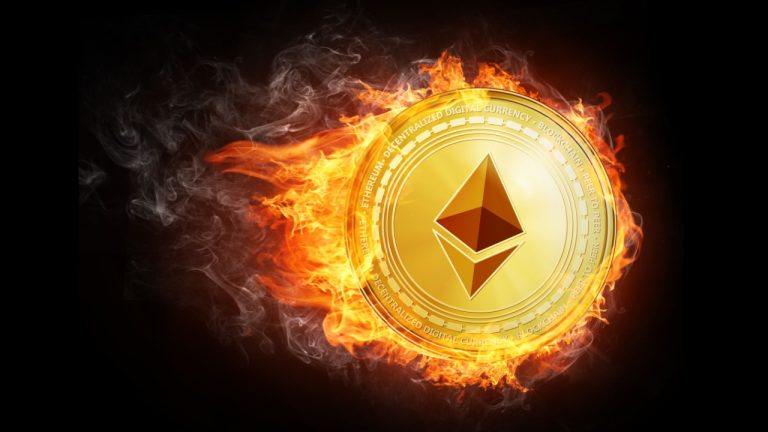
The increasing popularity of Bitcoin NFTs, or Ordinals, will impact posively the security of the Bitcoin network and attract developers to the ecosystem, according to Ordinals proponent Udi Wertheimer.
Bitcoin (BTC) NFTs will have a positive impact on Bitcoin ecosystem by improving its security and incentivizing developers to build on the network, according to independent developer Udi Wertheimer.
The number of newly created Ordinals, also referred to as "inscriptions", have been spiking in recent weeks, causing a surge in transaction fees and average block size on the Bitcoin blockchain.
According to Wertheimer, Bitcoin NFTs are going to be beneficial for Bitcoin's security budget: by driving up transaction fees, the creation of Ordinals will incentivize miners to secure the network while the revenue from mining reward will be decreasing with each Bitcoin halving.
“Because the block space is scarce and because there's demand for stuff like inscriptions, there's a lot of hope that we will get enough people who want to pay fees in order to keep the Bitcoin network secure,” Wertherimer explained in a recent interview with Cointelegraph.
Also, Wertheimer noted, Ordinals provide a new use case that will make building on Bitcoin commercially profitable.
“With all of that interest around Ordinals and inscriptions, I expect that there is going to be a very big ecosystem that is built around that,” he said.
Wertheimer dismisses the notion, held by some Bitcoin core developers, that creating NFTs is not an appropriate use case for Bitcoin. According to him, in recent years Bitcoin core developers "have ignored what actual Bitcoin users want."
To find out more about Ordinals and how they are impacting the Bitcoin network, watch the full interview on our YouTube channel and don’t forget to subscribe!









